
我們是原獨俱樂部。政治上主張台灣原獨。運動上堅持自然主權和歷史正義。智識上強調複數方法與複數觀點。關心所有與原住民族有關的課題。我們也是文化橋樑的建構者。
A Review of Yuan Independence | Global Indigenous People's Crimes
[Original Solo Reading Newspaper] Continue to review the eventful 2020 for everyone.
The common man is innocent, but he is guilty. This allusion is also appropriate for the aborigines around the world. As we all know, in the past, the golden mountains and silver seas of South America were coveted by the Spanish conquistadors, and the natives of South America became sinners . For example, consider the following poisoning events in history :
On November 15, 1532, Spanish conquistador Francisco Pizarro arrived in Cuzco, the capital of the Inca Empire. The Spanish capture the last Inca emperor, Atawallpa. The Incas agreed to redeem Atahualpa by offering the Spaniards enough gold to fill Atahuallpa's cell (6.7 x 5.2 meters) , plus twice as much silver . After the Incas escorted the gold to arrive, the Spaniards did not keep their promise and still executed Atahualpa.
Today [ Yuan Dudu Daily] selects five news stories to review the abuses of the indigenous peoples this year due to such " crimes ". The summary is as follows:
- South American lithium triangle hijacked (Bolivia, Chile)
- Mexico's Wayu people devastated by flooding
- Indigenous land rights not guaranteed in Nicaragua
- Western Australia Aboriginal grotto shrine bombed by mining group
- Indigenous people pay for the development of Paraguay's beef industry
Gaying at the same scene: The return of the aboriginal cultural heritage to the museum is indefinite
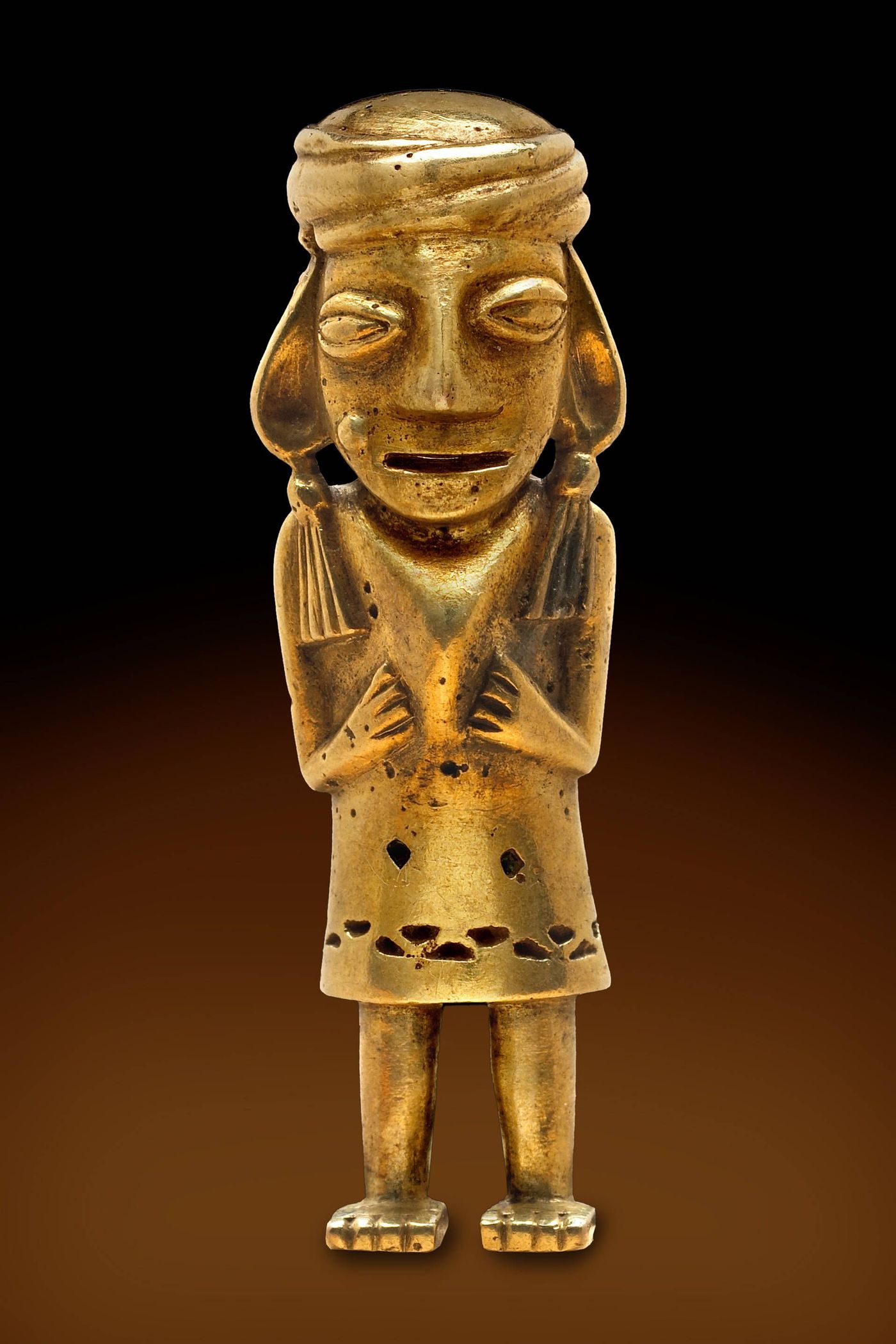
South America's lithium triangle hijacked
The Spanish conquistadors not only stole gold and silver, but also brought the smallpox plague. And today, centuries later, that is not the case.
South America has a so-called lithium triangle , or a lithium-rich region between Bolivia, Chile and Argentina. The lithium mines here are the gold of the new era, rapidly draining from the lands of Bolivia's indigenous peoples , who have neither agreed to mine nor benefited from outside mining activity.
The picture below shows the Salar de Uyuni in Bolivia. It is the largest rock pan in the world, with an area of more than 10,000 square kilometers and a depth of 130 meters.
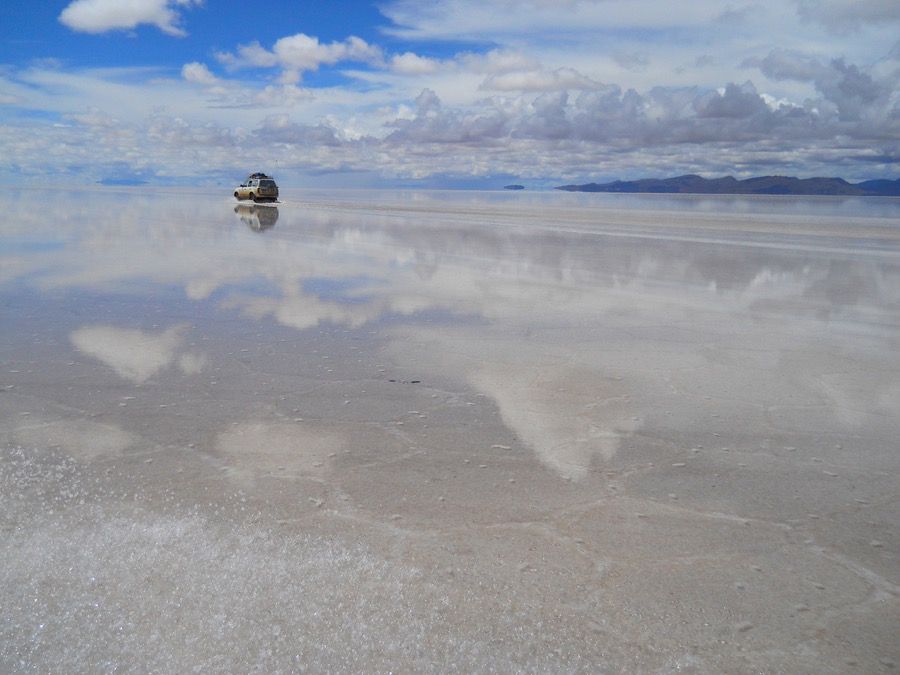
The same incident of exploitation of lithium salts occurred in Chile.
Indigenous groups in Chile sued last year asking regulators to cancel plans by Chilean Mining Chemicals (SQM) to over-extract lithium-containing brines. Indigenous groups won the lawsuit, but regulators suddenly changed their tune in favor of Chile's SQM. By August, regulators had turned again, forcing SQM to set a tougher plan. But Aboriginal groups want to go a step further , ideally by having SQM's environmental permit revoked.
Pictured is an SQM mine operation accused of over-extracting lithium-bearing brines.

Of all types of environmental pollution, mining has the worst impact on indigenous peoples, according to a study this year by the Centre for Environmental Science and Technology at the Autonomous University of Barcelona. Mining contaminates land and water sources, and in turn contaminates and poisons Aboriginal crops and food that Aboriginal people gather or hunt.
An open-pit mine in Peru.
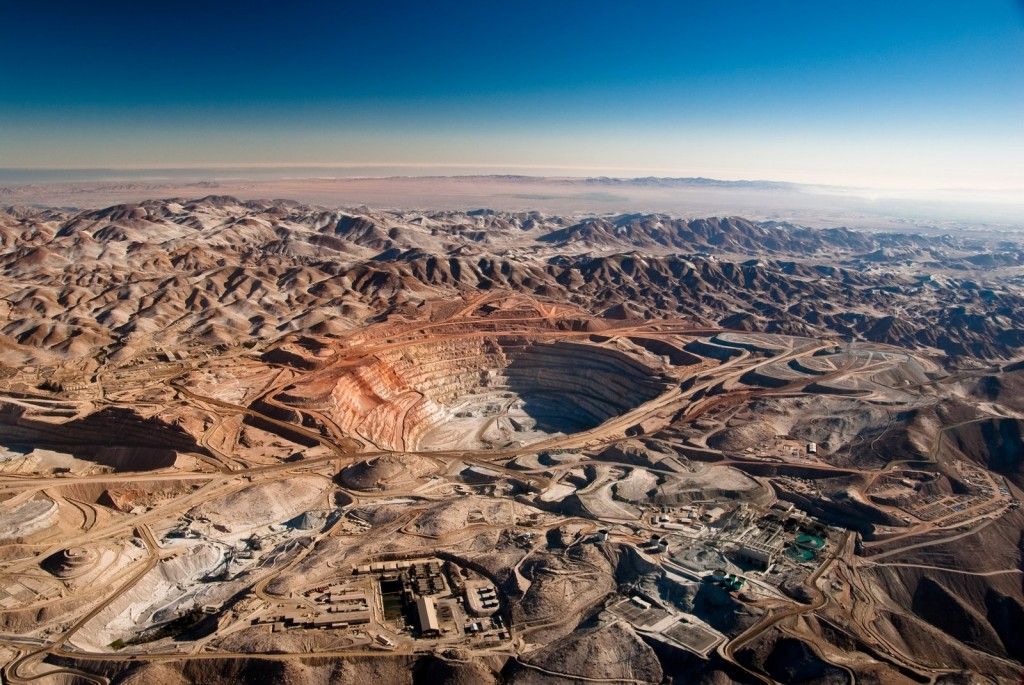
Mexico's Wayu people devastated by flooding
The Wayuu, who live in the Sierra de Alamos in northern Mexico, let out a cry this summer. The British "Guardian" reported that the Wayu people lived along the Mayo River. They were deceived and oppressed to provide land, where outsiders built dams (below). The construction of the dam has caused the water level to rise, blocking the way for the Wayu people to get to the location of the cattle herd, and what is more serious is that some important ceremonial sites have sunk to the bottom. "Our settlement is dying. Our culture is dying," the Wayu said.
The picture below shows the dam blocking the road between the Mayu River and the Wayu people's ceremonies.

Indigenous land rights not guaranteed in Nicaragua
Of course, it is often unfortunate that there is nothing on aboriginal land, because the land itself is often what outsiders want. For example , a survey published in May showed that Nicaragua had enacted legislation in 2003 establishing indigenous peoples' rights to land on the Caribbean coast, but the government has not enforced that right, and since 2015 there have been 40 indigenous peoples. Died in land-related conflicts, in addition to a large number of illegal gold panning, logging, and livestock grazing on the land inhabited by the indigenous people, posing a serious threat to the indigenous people and causing thousands of people to be displaced.
In May of this year, there was also an analysis study that synthesized more than 700 relevant research papers in various fields around the world. The results showed that: Indigenous peoples around the world are the biggest victims of environmental pollution - in addition to land, water, and air pollution, life There are oil pipelines or mines in the environment, and there is less government assistance when encountering difficulties.

Western Australia Aboriginal grotto shrine bombed by mining group
Rio Tinto, a multinational mining and energy company, blew up two Aboriginal cave shrines in Western Australia at the end of April this year, one of which has been used by humans for 46,000 years since the last ice age. residence. This happened because WA's Aboriginal heritage laws were so outdated that the state government gave Rio Tinto permission to permanently destroy Aboriginal cultural sites like this "by law" in 2013. Rio Tinto issued a statement "deeply sorry for the distress we have caused" following a solemn protest from indigenous peoples.
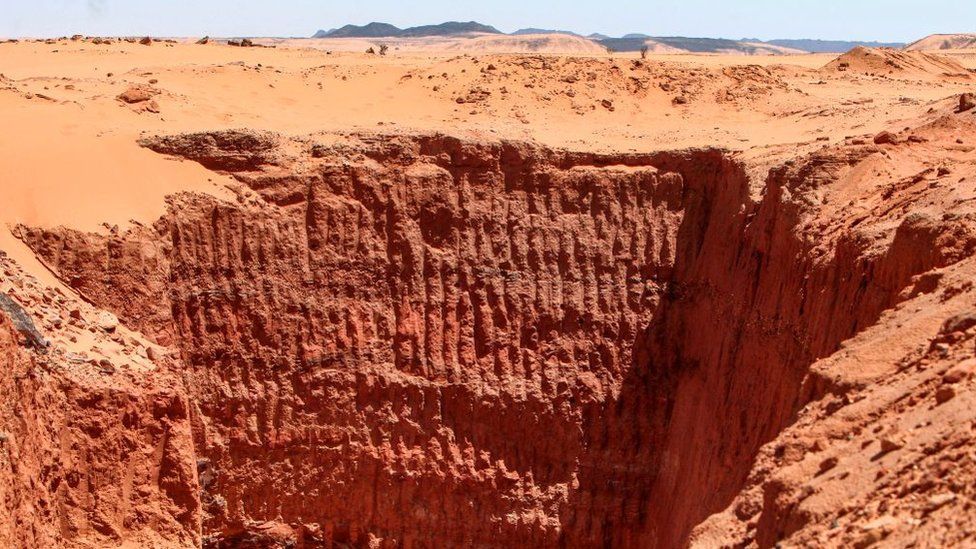
Indigenous people pay for the development of Paraguay's beef industry
The Chaco region in Paraguay has the largest forest in South America other than the Amazon rainforest. Now a road through the forest is being built. It is known as the "New Panama Canal" because it connects the two sides of the Atlantic Ocean to the Pacific Ocean in South America. This high road is extremely important to Paraguay, because Paraguay, a landlocked country with a population of 7 million, has become the sixth largest beef exporter in the world since 2017. It is expected that after the completion of the road in 2022, Paraguay's beef export sales will also be due to the convenience of transportation. And greatly increased.
Paraguay's new roads are largely due to the local efforts of the Christian Mennonites, but every development must come with a price. Just like Brazil, the price in Paraguay is borne by the aborigines in the forest, who have lost their ancestral land and richness. The forests and precious water sources were replaced by large-scale cultivation of commercial crops and large-scale animal husbandry, which changed the landscape and changed the humanities.
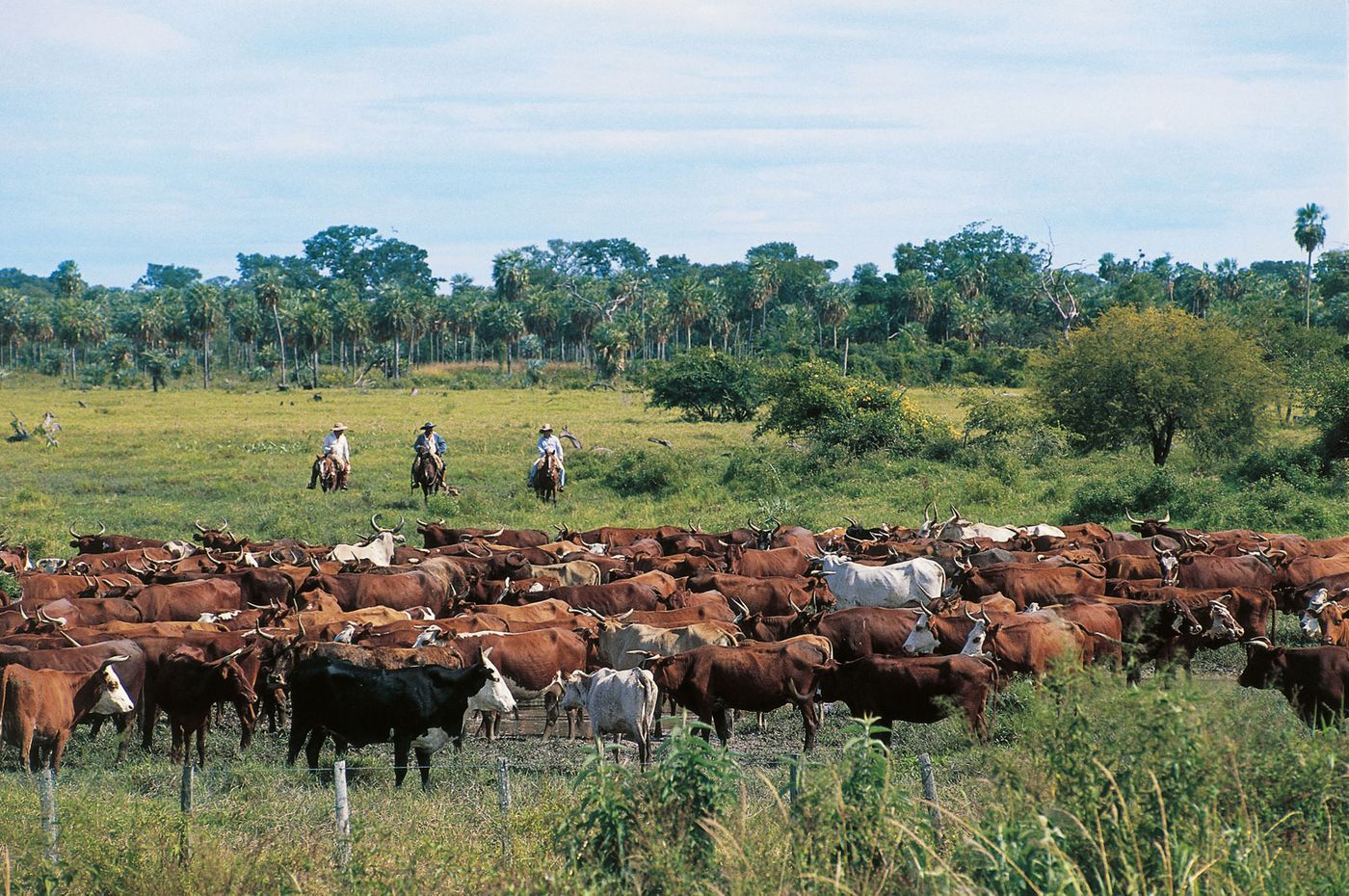
Indefinite return of aboriginal cultural heritage museum
The artefacts of many Indigenous peoples around the world have flowed into museums, and human rights experts say it's time to return them. The ancestral cultural relics and the craftsmanship of the craftsmen of the past are important inheritances of the aborigines. Without these, the self-identity will also lose a part of the basis.
Pictured below is the Haida Gwaii Museum in British Columbia, Canada. The Haida live in the Pacific region of Canada and Alaska, and now there are just over 3,000 people left. In 2019, the survey showed that there are only more than 20 Haida speakers, and it is a language designated as "critically endangered" by UNESCO .
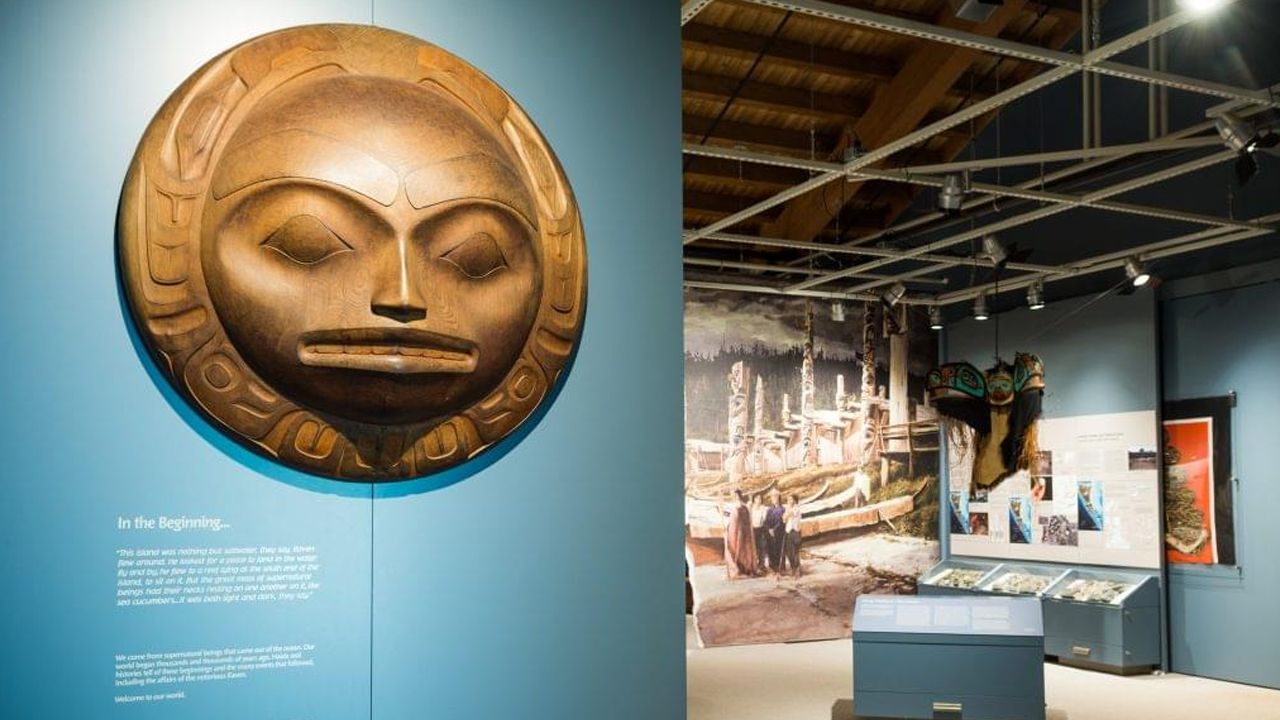
Finally, as usual, I will send you a [Original Solo Quotations], wishing everyone a happy end of the year.
Original Du Quotations 001 | People who wear glasses are restricted from crying. Wearing it is misty in front of your eyes, and taking it off is also misty. Same as the laws of the colonists.
Like my work?
Don't forget to support or like, so I know you are with me..
Comment…